11 Tips for Surviving Long Flights with Kids
Flying with kids can be stressful, especially when the trip lasts several hours. From packed cabins to unpredictable delays, there are many things that can make travel harder for families. A little planning can go a long way in keeping everyone calm and comfortable. With the right snacks, entertainment, and a flexible mindset, long flights become much more manageable. Children respond well when they feel prepared, cozy, and cared for during the journey. Parents who stay relaxed and organized can help prevent small issues from turning into bigger problems. These simple tips will help make your next long flight smoother for both you and your kids.
This post may contain affiliate links, which helps keep this content free. Please read our disclosure for more info.
Pack Plenty of Snacks
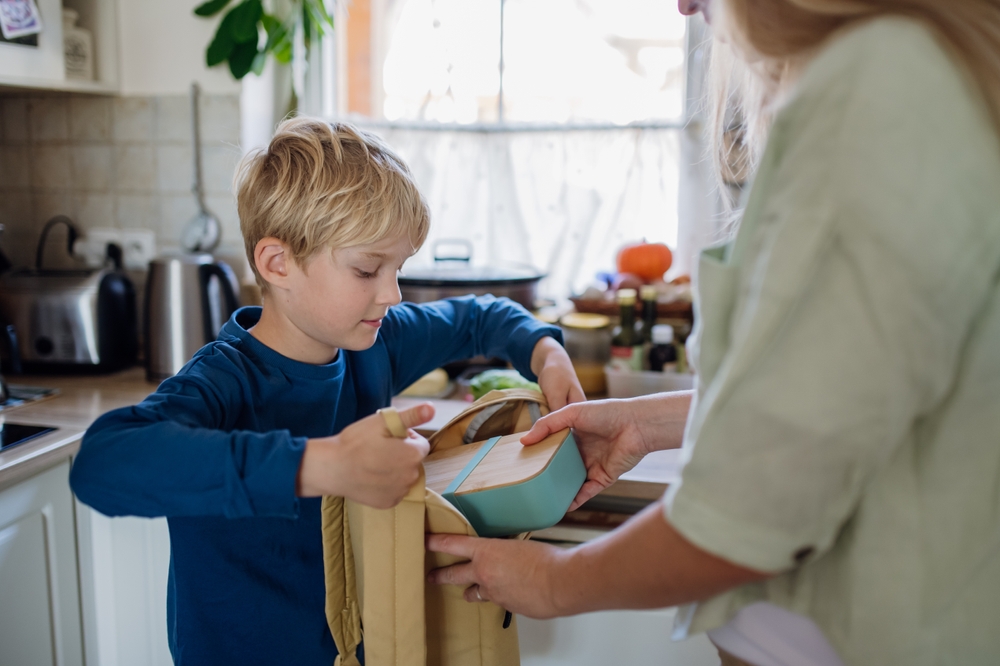
Bringing your snacks gives you control during a long flight. Kids may not enjoy airline food, and meal service might not happen when they are hungry. When you pack a variety of snacks, you can avoid unnecessary meltdowns. It helps to include things that are easy to eat without needing extra utensils or cleanup. Dry cereal, granola bars, sliced fruit, crackers, and raisins are all helpful options.
Snacks can also double as entertainment. Pulling out a new treat can serve as a distraction when boredom sets in. A well-timed snack can help pass an hour or two, especially if paired with a cartoon or audiobook. Try to offer snacks slowly throughout the flight so they have something to look forward to every few hours.
Download Entertainment Before You Leave

In-flight entertainment systems are not always dependable, and kids may not enjoy what is available. Downloading their favorite shows, movies, audiobooks, or games before boarding gives you a backup plan that works even without internet access. Most streaming apps allow offline viewing when you download content in advance.
It helps to mix familiar content with something new. A few episodes of a loved cartoon offer comfort, while a new movie may grab their attention for longer stretches. Consider headphones that fit well and have volume control designed for children. Having a tablet or phone ready with entertainment can help make the hours go by more smoothly.
Bring Their Comfort Items
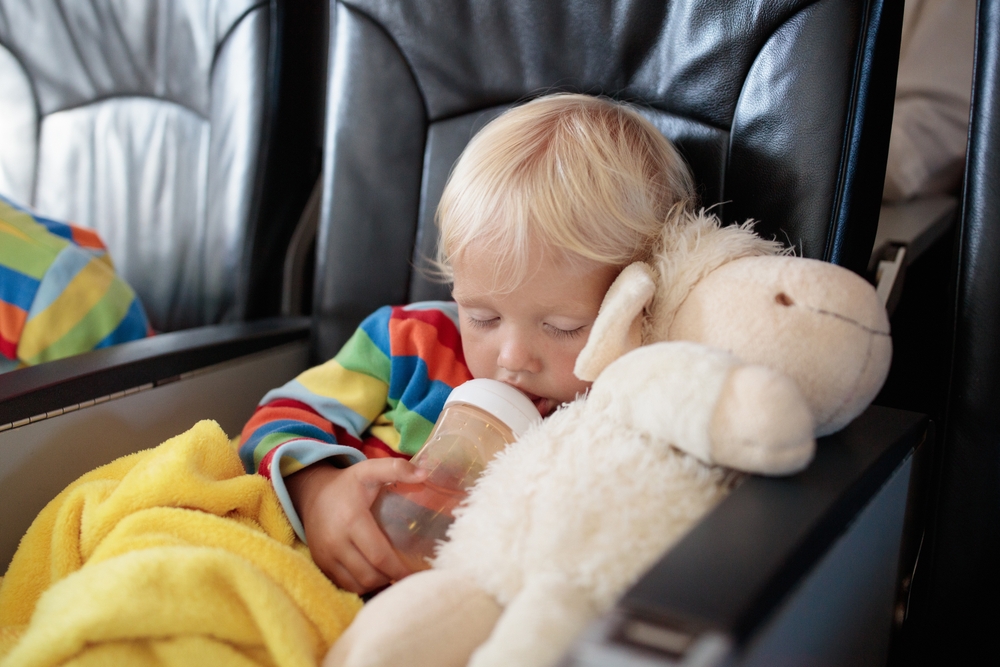
A soft blanket, a favorite stuffed toy, or a well-worn hoodie can make all the difference during a long flight. These items help kids feel more secure in an unfamiliar space. The hum of the airplane, bright cabin lights, and unfamiliar smells can be unsettling, so having something familiar nearby can be calming.
Comfort items also help with sleep. Children have an easier time relaxing if they feel safe and cozy. Even something small like a pillowcase from home can help them settle in better. Keep these items within reach so you do not have to dig through bags during the flight.
Choose Flights and Seats Wisely
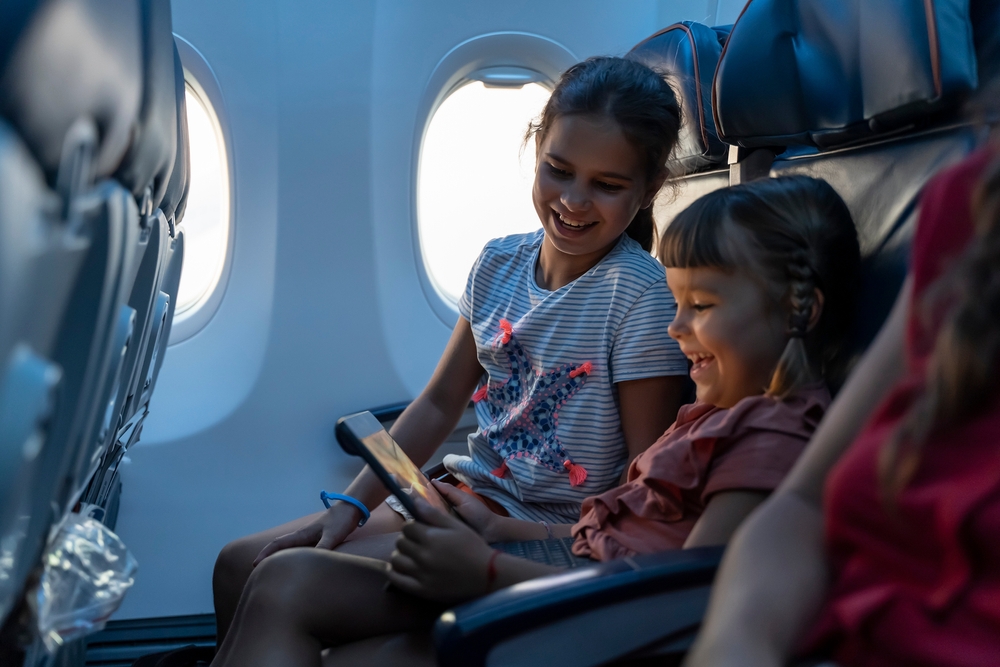
Choosing flights with the least number of connections and layovers can reduce stress for both kids and adults. If you can book a flight during your child’s regular nap or bedtime, they may sleep through most of it. Avoid very late-night departures unless your child is used to being awake during those hours.
Seat choice also matters. Many parents prefer window seats so children can look outside, or bulkhead rows for extra legroom. If traveling with another adult, book seats together to create a mini space where your child feels enclosed and calm. Sitting near the restroom may be helpful, especially if your child is still potty training.
Pack an Extra Set of Clothes
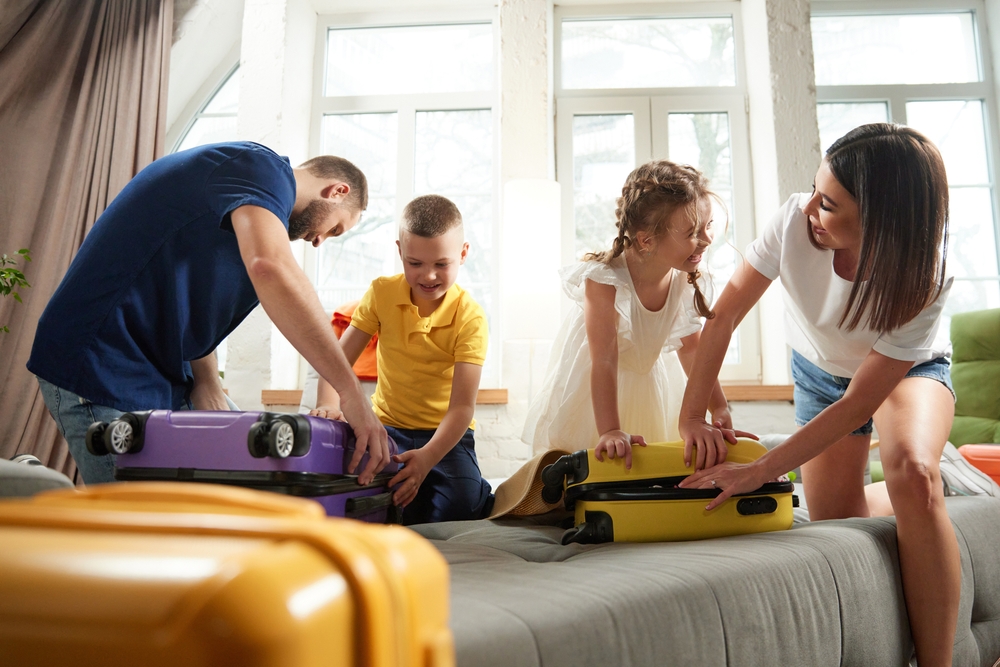
Spills, accidents, and motion sickness are common on long trips. Bringing an extra change of clothes for both your child and yourself is always a good idea. Keep it easily accessible in your carry-on so you are not digging through luggage if an accident happens mid-flight.
It is also helpful to pack clothes in sealable plastic bags. That way, if something gets soiled, you have a clean way to store it until you can wash it. Choose comfortable items that are easy to slip on in a small airplane bathroom. A cozy sweater or hoodie can come in handy if the cabin gets cold.
Do Not Forget Wipes and Hand Sanitizer

Even if your child is past the diaper stage, wipes are still helpful. They work well for sticky hands, spills, and quick cleanup after meals. Long flights come with many small messes, and it helps to have a pack of unscented wipes on hand.
Hand sanitizer is also important, especially before eating or after touching surfaces. Airplane trays, seats, and armrests are not always as clean as they look. Using sanitizer gives a quick way to keep germs in check. Look for child-safe versions that are gentle on the skin.
Break the Flight into Small Segments
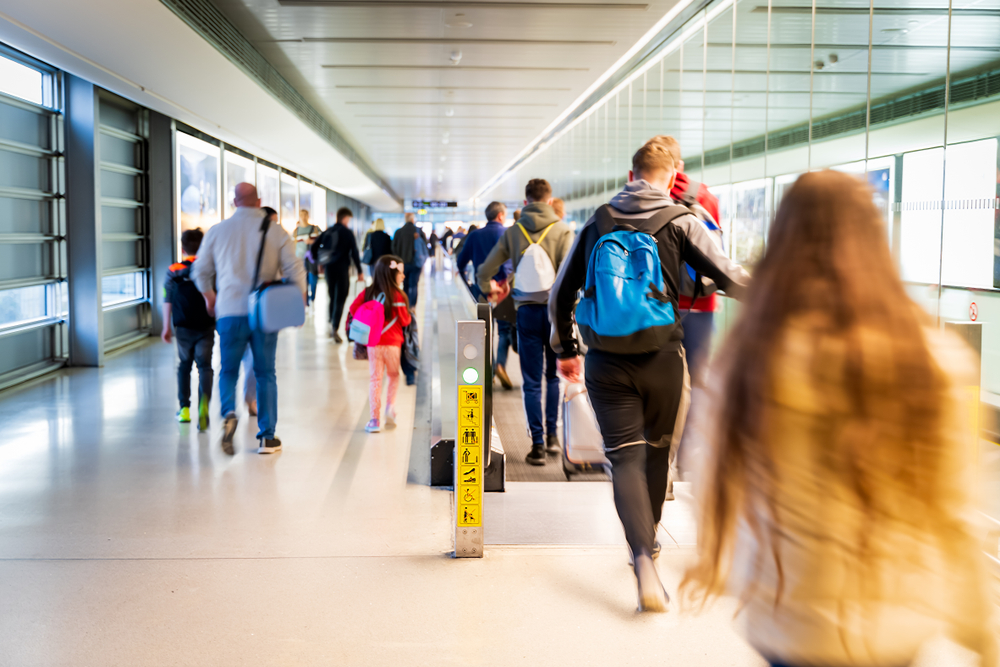
Long flights can feel endless to children, so it helps to break them up mentally into smaller blocks of time. You can plan by dividing the flight into chunks, such as before the meal, after the meal, or every hour. For each segment, offer a new activity or snack.
This approach gives your child something to look forward to and makes the journey feel more manageable. Whether it is coloring, a game, or a new snack, these small changes help pass the time. It also gives you a structure to follow, so you are not scrambling for ideas mid-flight.
Bring a Small Bag of Toys and Activities
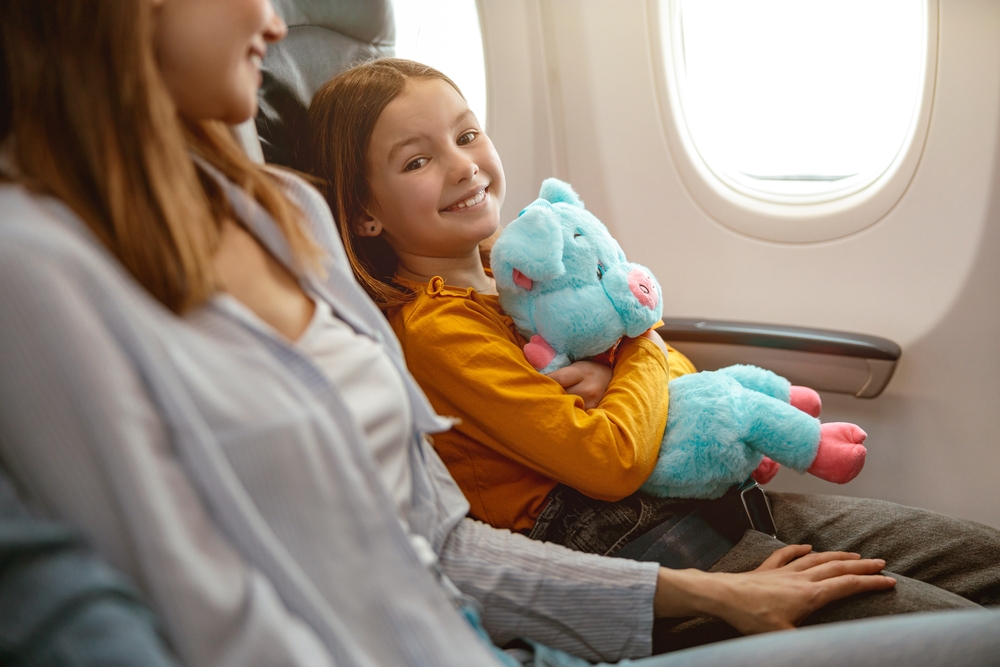
A small pouch filled with travel-friendly toys, coloring books, crayons, and puzzles can make a huge difference. Choose quiet toys that do not require batteries or take up too much space. Magnetic games, reusable sticker books, and simple puzzles work well in tight quarters.
Rotate the toys every hour or two to keep things fresh. Avoid giving them everything at once, or they may lose interest quickly. Surprising them with something new every so often helps keep boredom at bay. Even a few sheets of paper and a pen can lead to creative play.
Keep Expectations Realistic
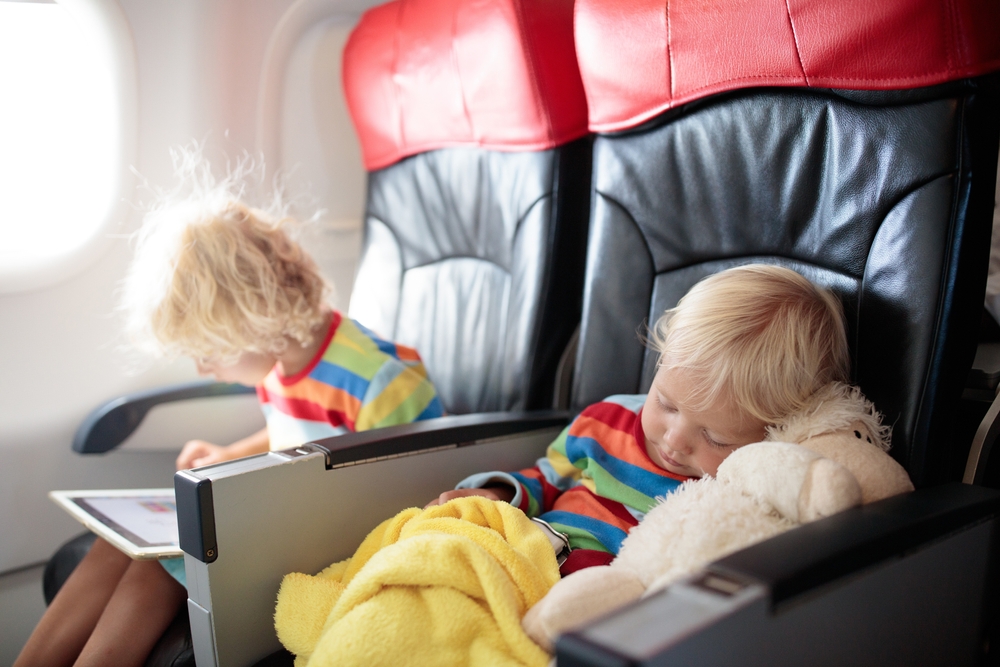
Children are not likely to sit quietly for ten hours without needing attention. Accepting this early on can help reduce frustration. Prepare for interruptions, noise, and occasional fussing. Remember, long flights are hard for adults too, so it is normal for kids to struggle.
Having a flexible mindset will help you stay calmer when things go off track. If your child has a rough patch, take a deep breath and focus on one moment at a time. Most people on the flight will understand and appreciate your effort to keep your child as calm and happy as possible.
Stay Calm During Turbulence or Delays
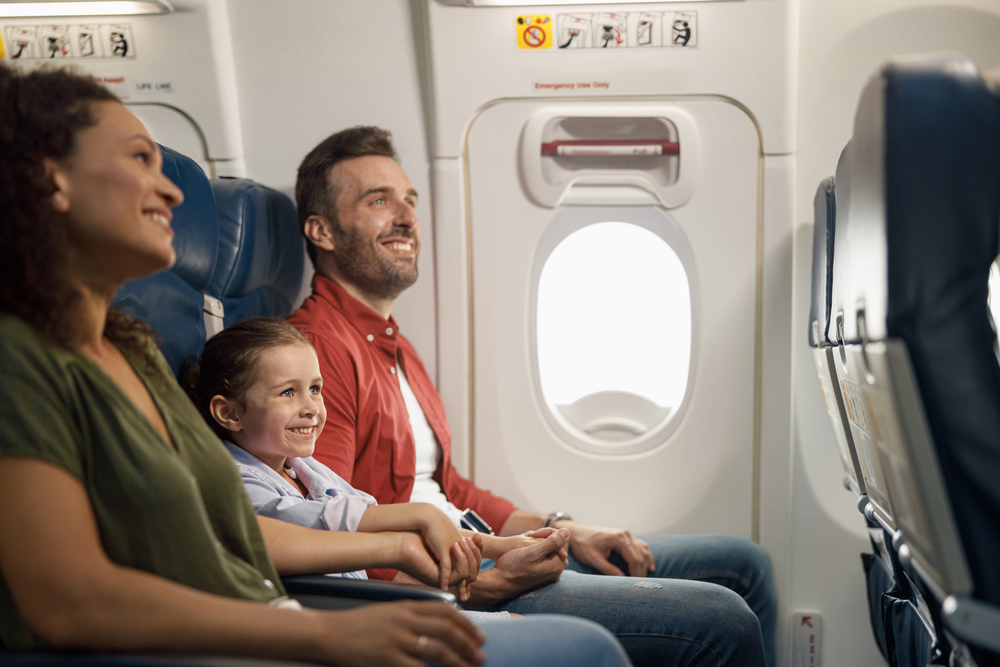
Unexpected delays and turbulence can scare children or make them restless. If you remain calm, your child is more likely to feel safe. Speak in a soothing tone, explain what is happening in simple terms, and hold their hand if they seem uneasy.
Pack distractions for situations like these. A small game, a snack, or even a slow breathing game can help keep them relaxed. When you appear calm and collected, it can set the tone for your child to mirror that behavior as well.
Allow for Movement When Possible
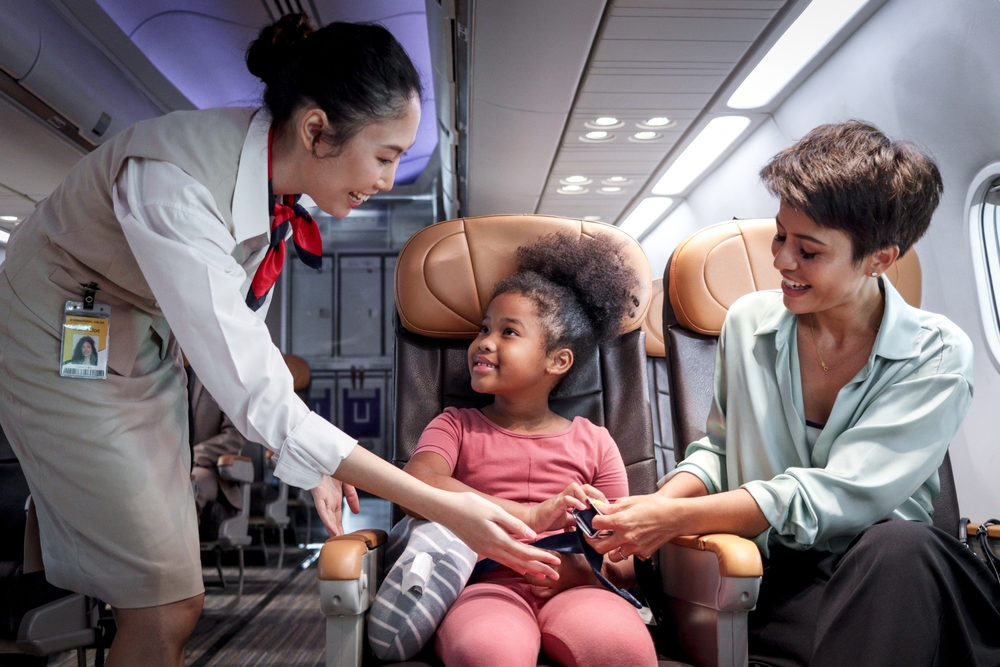
Sitting still for too long can be difficult for young kids. If the seatbelt sign is off and the aisle is clear, walking up and down the cabin can help release some energy. Even a short stretch can break the cycle of restlessness.
Do not be afraid to stand near your seat and do a few simple stretches or leg movements with your child. Moving around safely is better than trying to force a child to sit perfectly still for hours. Cabin crew members are often understanding when they see that a child needs a short break.
This article originally appeared on Avocadu.
